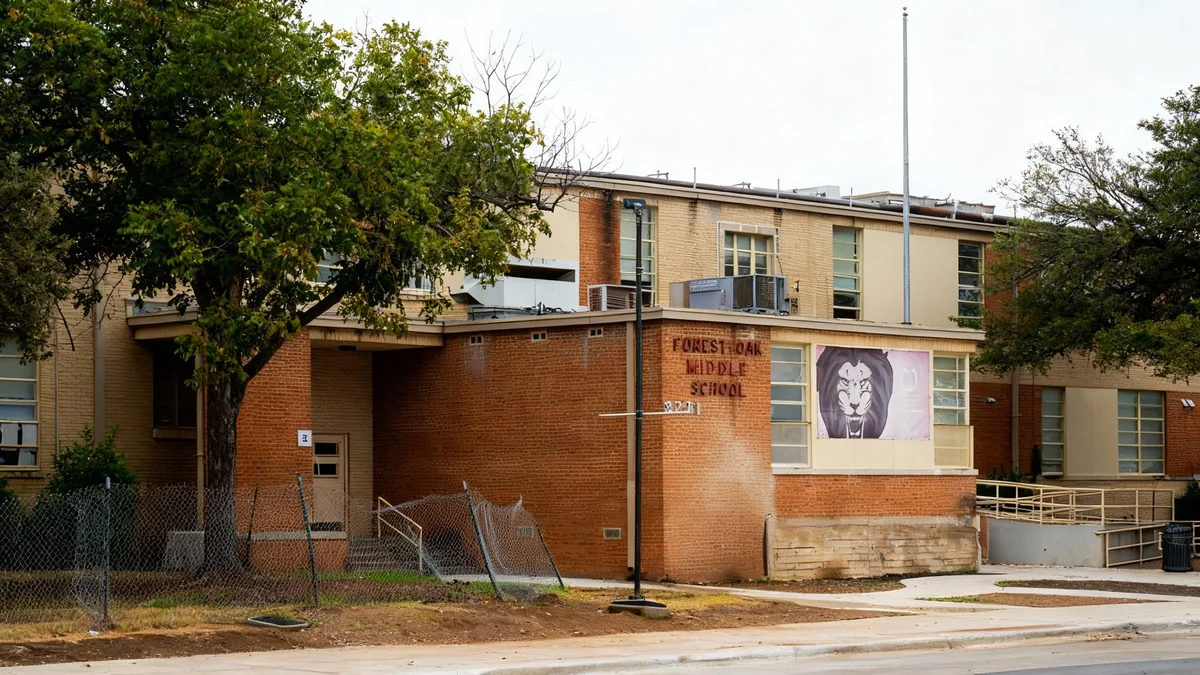The world of academic and scientific publishing is confronting a significant integrity crisis, driven by the rise of AI-generated misinformation, industrial-scale research fraud from "paper mills," and systemic flaws in the peer-review process. Recent incidents involving major consulting firms and government officials have highlighted the growing challenge of ensuring the accuracy and reliability of published research, leading experts to call for fundamental reforms, including a tenfold increase in the rate of scientific retractions.
Key Takeaways
- Experts suggest the scientific paper retraction rate should be 2%, ten times the current level, to combat widespread fraud.
- Consulting firms like Deloitte and KPMG have been found using AI-generated, non-existent references in official reports.
- Organized "paper mills" are producing fraudulent research on a large scale, particularly affecting health and medical journals.
- The use of artificial intelligence in peer review is a growing concern, with some academic societies beginning to formally integrate it.
- High-profile cases, including plagiarism accusations against a university president, are drawing public attention to academic misconduct.
AI-Generated Falsehoods Erode Trust
The increasing accessibility of artificial intelligence has introduced a new and challenging form of academic misconduct. Generative AI tools, while powerful, have been shown to fabricate information, including creating citations for academic papers that do not exist. This phenomenon of "phantom references" has already had real-world consequences.
In a notable case, the consulting firm Deloitte admitted to using AI that produced three non-existent academic references in a report submitted to a government agency. The firm has since agreed to issue a refund. Similarly, KPMG was required to correct a government report after it was discovered to contain a phantom reference falsely attributing a book chapter to the founders of Retraction Watch, a watchdog organization.
These incidents are not isolated. The issue has reached high levels of government, with the European Union's research commissioner reportedly citing a discredited study during a speech on AI. These events underscore the risk of automated systems introducing and spreading misinformation, which can undermine the credibility of reports used for policymaking.
What Are Phantom References?
Phantom references, also known as false citations or hallucinations, are citations created by AI language models that appear legitimate but refer to articles, books, or studies that were never published. They often combine real author names and journal titles with fabricated titles and publication details, making them difficult to detect without careful verification.
The Pervasive Threat of Paper Mills
Beyond AI-driven errors, the scientific community is battling a more organized form of fraud from so-called "paper mills." These are clandestine operations that produce and sell fake or manipulated research papers to academics who need to publish for career advancement. These fraudulent studies often contain fabricated data, plagiarized text, and manipulated images.
The problem has become so widespread that some experts believe the current system for correcting the scientific record is inadequate. Ivan Oransky of Retraction Watch has argued that the retraction rate for published literature should be around 2% to accurately reflect the volume of fraudulent work being produced. This would represent a tenfold increase from current levels.
The impact of paper mills is global. A deputy minister in Iraq has faced the retraction of multiple papers showing signs of paper mill involvement. A separate analysis of journals that retracted articles from paper mills revealed that more than half of these publications were focused on health and medicine, raising serious concerns about the potential impact on patient care and public health policy.
Retraction by the Numbers
The Retraction Watch Database, a comprehensive collection of retracted scientific papers, now contains over 60,000 entries. The number of retractions related to COVID-19 alone has surpassed 500, highlighting the intense scrutiny and high stakes of pandemic-era research.
Calls for Systemic Reform in Scientific Publishing
The rise in fraud and error has led to increased scrutiny of the traditional academic publishing model. Critics point to several systemic weaknesses, including overworked peer reviewers, inadequate fraud detection, and incentive structures that prioritize publication quantity over quality.
Challenges in Peer Review
The peer-review system, long considered the gold standard for validating research, is under strain. In one recent example, the entire editorial board of a criminology journal resigned, citing concerns over the lengthy and inefficient review process. Journals are also finding it harder to secure qualified reviewers, with one publication analyzing 21 years of its own data to quantify the increasing rate of reviewer declines.
This has opened the door to debates about the role of technology. While AI can introduce errors, some are exploring its potential to improve peer review. An AI society recently announced it is formally incorporating large language models (LLMs) into its review process, a move that is being watched closely by the academic community.
Incentives and Accountability
The pressure to "publish or perish" remains a powerful driver of misconduct. This is further complicated by how institutions measure academic success. For instance, the influential Times Higher Education university rankings do not exclude retracted papers from their publication and citation counts when calculating scores. This practice means that institutions and researchers may still benefit from fraudulent work even after it has been discredited.
There are also ongoing debates about the financial aspects of publishing. The U.S. National Institutes of Health (NIH) is reportedly considering imposing caps on the fees that publishers can charge for scholarly articles, a move that could reshape the economics of scientific communication.
"As paper mills and fraud proliferate, experts warn the retraction rate should reach 2% of published literature—ten times current levels."
High-Profile Cases Highlight Lack of Consequences
Recent high-profile allegations of misconduct have brought the issue of accountability to the forefront. A university president is currently under investigation after a former professor accused him of plagiarizing his doctoral dissertation. Such cases highlight that academic integrity issues can reach the highest levels of leadership.
Even when misconduct is identified, consequences can be inconsistent. A soil scientist who was previously named in a citation scandal was recently appointed to an editor role at a journal published by Elsevier, one of the world's largest academic publishers. This has raised questions about the vetting process for influential editorial positions.
The integrity of the scientific record relies on a transparent and rigorous process of publication and correction. As new technologies and fraudulent practices emerge, the academic community faces an urgent need to adapt its methods for safeguarding trust in research.





